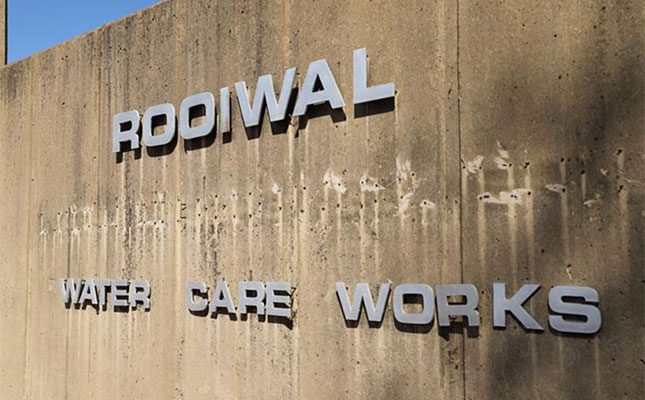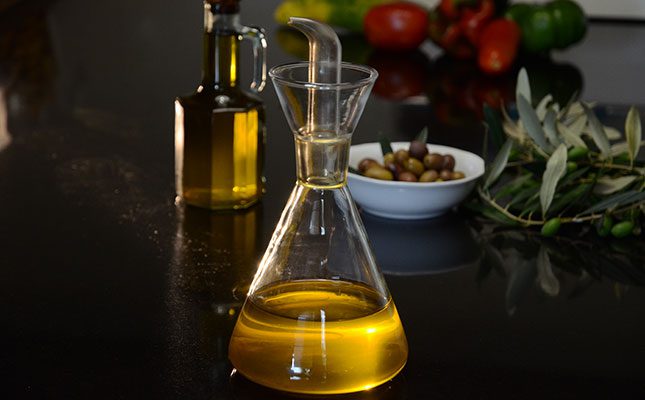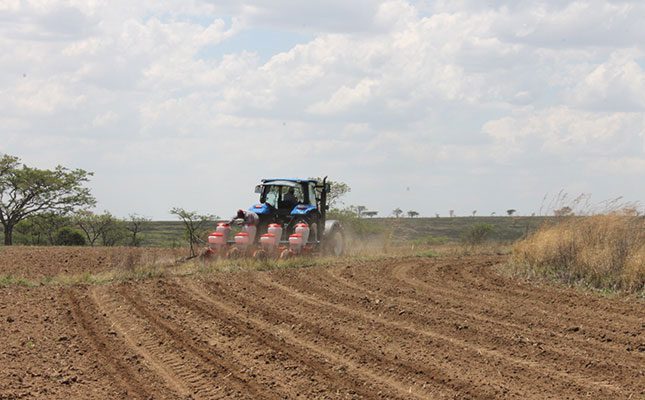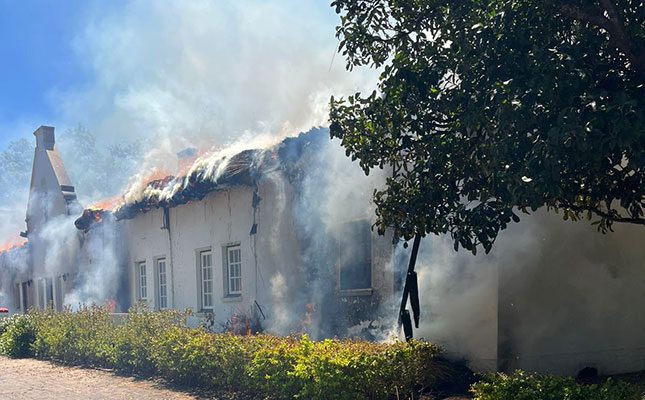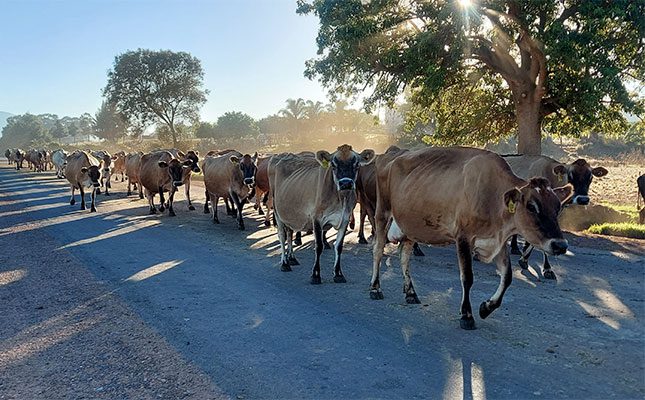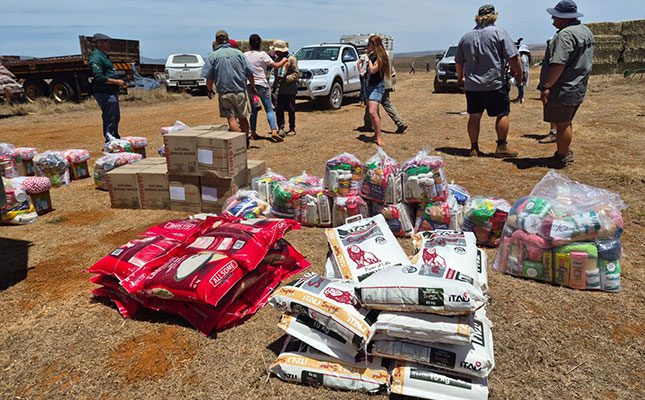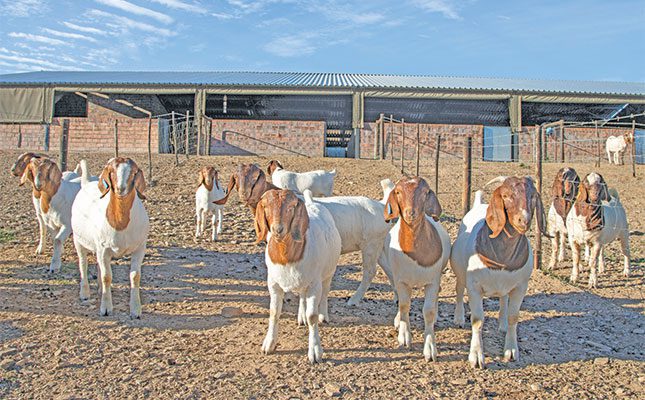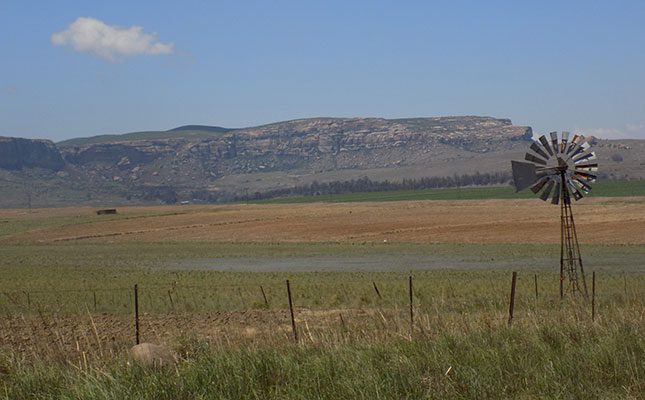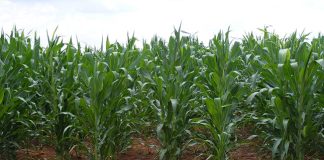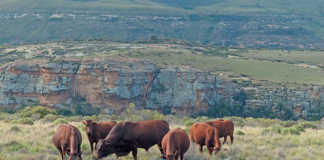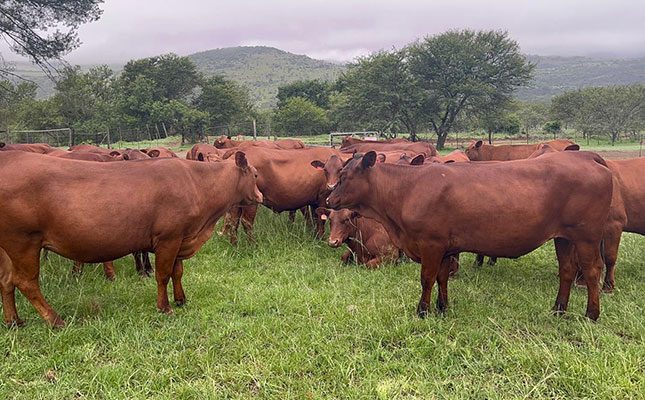
Photo: Octavia Avesca Spandiel
In response to the recent cases, Minister of the Department of Agriculture John Steenhuisen has announced the extension of the DMA to prevent further spread of the virus.
A statement released by the Department of Agriculture on Monday confirmed that this extension is aimed at controlling the movement of cloven-hoofed animals, such as cattle, sheep, and goats, and their products within the affected regions.
“As part of this effort, the movement of animals and their genetic material within and out of the DMA will be tightly regulated. No livestock may be moved unless authorised by a state veterinary permit, with strict adherence to the stipulated conditions of that permit,” said the statement.
Challenges in containing the outbreak
Dr Mpho Maja, director of animal health at the Department of Agriculture, told Farmer’s Weekly about the recent outbreak and the challenges surrounding containment.
“The outbreak in KZN has not yet been resolved, and there may still be small pockets of the virus circulating, Additionally, vaccine coverage has not been optimal in certain areas due to poor turnout at vaccination campaigns, which means that any movements of animals from affected areas could lead to the virus spreading to previously unaffected zones,” says Maja.
She added that the newly reported cases highlighted the ongoing risk of FMD spreading if movement restrictions were not closely followed. Maja emphasised the importance of farmers complying with the established regulations to curb the disease’s reach.
“If animal owners and industry stakeholders follow the movement control measures in KZN, the disease is unlikely to spread beyond the affected areas. However, illegal movements of animals remain a significant challenge, especially if animals are sourced from areas where the disease was previously present and moved to unaffected areas,” she says.
According to Maja, for farmers within the DMA, movement restrictions will apply, with no livestock allowed to be moved unless authorised by a state veterinarian. Maja further said that the goal of this was to prevent further transmission while vaccination efforts continued.
“The immediate impact of the movement control measures will be a reduction in the chances of the disease spreading outside the DMA. Vaccination will take a bit longer to show results, as animals need time to develop immunity. The key indicators of success will be a slowdown in disease transmission and ideally, no new cases outside the DMA within two weeks of its extension,” she says.
Reporting suspected cases and preventing further spread
Farmers and livestock owners are urged to remain vigilant and report any suspected cases of FMD immediately.
Maja advised that “any animals showing signs of FMD, such as [excessive] salivation, blisters in the mouth, or lameness, should be reported to the local state veterinarian immediately, and those animals must not be moved.”
Maja said to prevent further spread, biosecurity measures needed to be implemented on farms, and that farmers needed to isolate new animals before introducing them to existing herds and flocks.
“Herds with infected animals should be separated from other animals as much as possible. Additionally, new animals should only be introduced if absolutely necessary, and only from known clean sources with health declarations,” she said.

